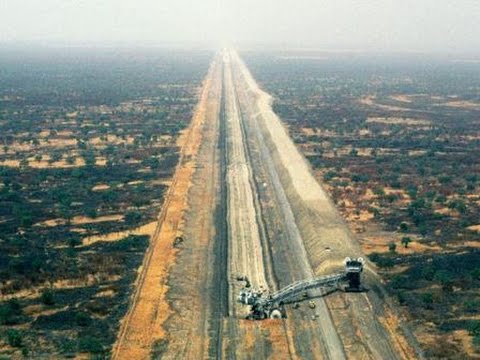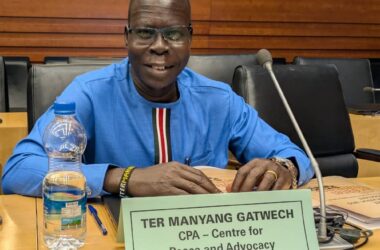
Peter T. Gilruth, PhD, Senior Advisor, Programme Development: World Agroforestry Centre, United Nations. (Filed Photo)
By Akol Madut Ngong
South Sudan will lose hundreds’ millions of dollars if the government and the people of South Sudan agreed on the resumption of Jonglei canal digging and cleaning and clearance of the tributaries and the Nile River.
The Senior Advisor, Programme Development, World Agroforestry Centre Peter T. Gilruth said South Sudan will lose a hundreds millions of US Dollars through economical, cultural, tourism and socioeconomic livelihood if the people of South Sudan with their leaders accept the resumption of Jonglei canal, and dredging of the Nile and its tributaries.
The shocking revelation by the environmental expert was disclosed during the presentation of a rapid environmental assessment report of the Sudd Wetlands in South Sudan commissioned by the Ministry of Environment and Forestry.
The presentation of the scientific study on the Sudd wetlands was presented to the media by the Ministry of Environment in its premises on Tuesday.
“Domestic animals’ will die such as cattle, goat and sheep and the livestock population are over 14 million whereas 12 million are human population according to 2008 census, wild animals will die, others will migrate to other countries for survival due to environmental impact resulting to drought” Peter T. Gilruth, the author of the report said.
He said water management in South Sudan accounts for certain issues including; water for ecosystem services, water for electricity generation, water for irrigation and water for flood control.
According to South Sudan and British hydrologists, hydro-geology of the Sudd Wetlands much of the sSudd Wetland ecosystem lie within the Um-Ruwaba geologic formation, while Nile riverbanks are characterized by Nile alluvium, Wadi fill and swamp deposits formations, Um Ruwaba formation: consists of silts, clay, sandy clay and sand with little stratification.
The proportion distributions of peat-lands in the Nile Basin (KM)2 within, South Sudan is a largest peat-land 15870 in Africa follow by (DRC) Congo 6878, Burundi 2,629, Rwanda 1,288, Ethiopia 1,110, Tanzania 593 and Uganda 475.
T. Gilruth stressed that Britain created an agreement with Ethiopia in 1902 that prevented any work on the Blue Nile that obstructed water flow into the Nile’s tributaries. In 1906, 1925, 1929, 1959 series of agreements Egypt-Sudan and Britain, these colonial agreements granted Egypt and Sudan the majority of water use rights on the Nile without neighboring Ethiopia and others receiving any specific allocation.



